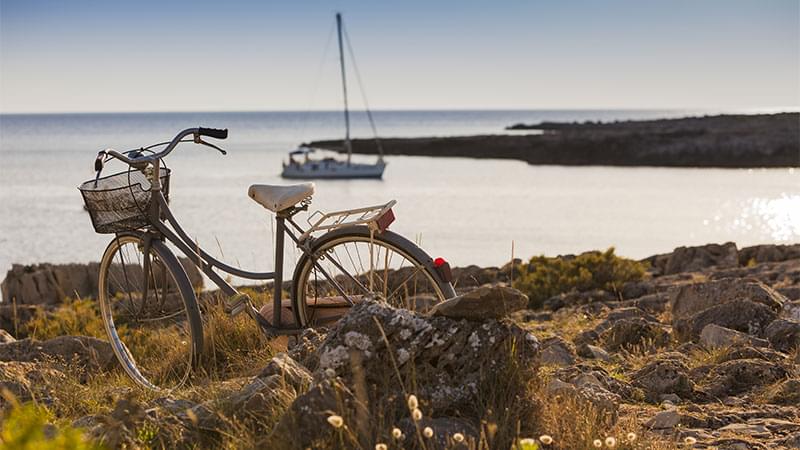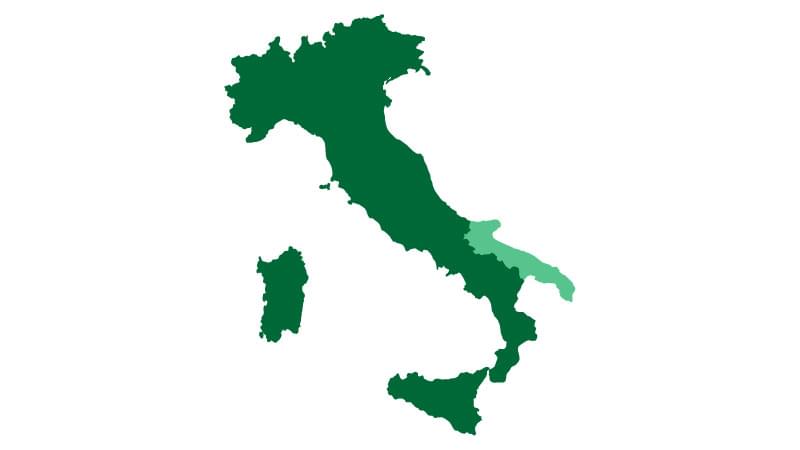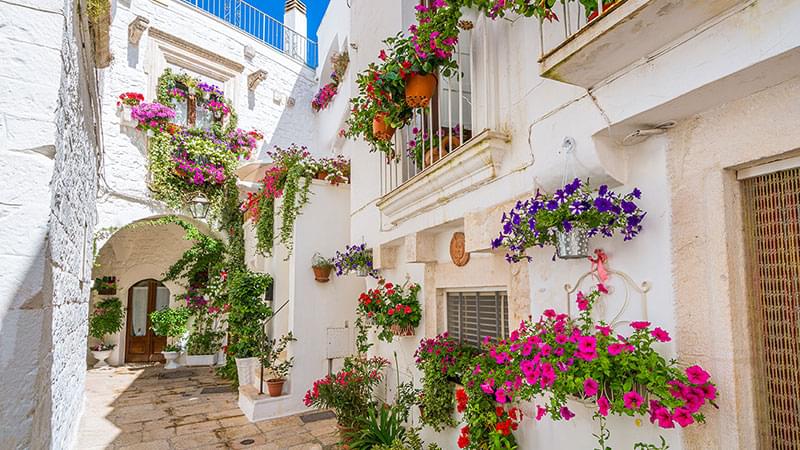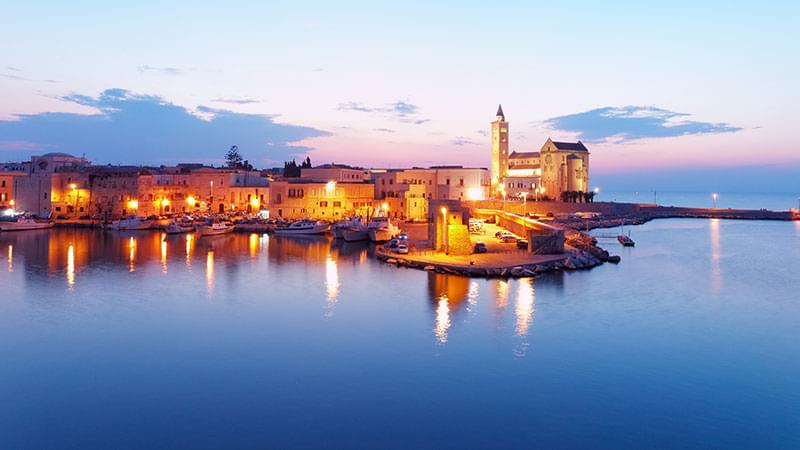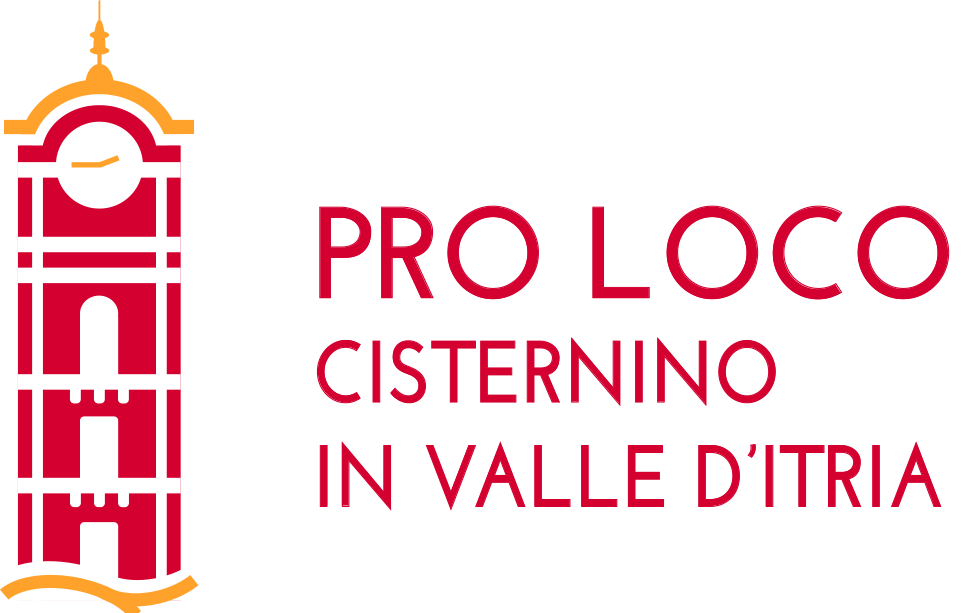The local architects and crafstmen used the famous Lecce limestone, which has a beautiful amber colour, to create the beautiful facades of churches that the city id famous for. They also created numerous balconies, windows, doorways and statues.
History of Baroque architecture
Baroque architecture appeared in Italy during the 17th century, gradually spreading across Europe in the late 17th and early 18th centuries. It is primarily associated with the Catholic church, who used the impressive, extravagant designs to create a sense of awe in the population, fighting back against the effects of the Reformation and contrasting itself with the simplicity of the Protestant Church. The success of this style of architure began to spread, and wealthy patrons, outside of the church, began to aspire to having their palaces also built in the Baroque style.
The Baroque style
Baroque architecture is built on the foundation of Renaissance architecture, using domes, arches and colonnades. However, in Baroque architecture, these are larger, higher and decorated in an extravagant, lavish style, with sculpted angels and other figures, animals, fantastical creatures, plants and many other, highly ornate shapes and structures. Twisted columns are another feature, creating a sense of upwards motion, drawing the eye to shafts of light, streaming down from the lavishly painted cupola.
Examples of the Baroque style in Lecce
Duomo di Lecce
The Duomo di Lecce, or Lecce Cathedral, is in the centre of the city, located in the southeast corner of the impressive Piazza del Duomo. It shares the piazza with several other buildings: The bell tower, the bishop’s residence and the seminary. The main entrance is on the north side, and is considered to be a masterpiece of Baroque art. A cascading staircase leads up to the main portal, flanked by two massive columns set on stone plynths with statues of Saint Giusto and Saint Fortunato, on either side. Above the portal is a highly decorated balustrade, with an impressive arch above, which contains a statue of Saint Orontius.
Basilica of Santa Croce
The Basilica di Santa Croce, was completed in 1695, set on the site of an earlier monastery which had been established in the 14th century. The facade is a fine example of Baroque architecture, featuring a large rose window, adorned with decorated sculptures of animals, fantastical creatues and vegetables. The main entrance is flanked with a pair of Corinthian columns, decorated with several coats of arms. The decorations follow a theme that celebrates the Battle of Lepanto, which was won by Christian forces against the Turks in 1571.
Other important Baroque buildings include:
- Chiesa di Santa Chiara
- Chiesa dei Santi Niccolò e Cataldo
- Basilica di San Giovanni Battista al Rosario
Conclusion
The term ‘Baroque’ was used initially by critics who thought the style was overdone, extravagant, and full of drama and excess. Exactly the qualities that made it so famous. Baroque architecture was intended to portray grandeur and drama. It was used on churches and palaces where it was intended to make a powerful statement. Two of the most important Italian Baroque architects are: Carlo Maderno, who oversaw the early Baroque additions to St. Peter's Basilica in Rome, and Gian Lorenzo Bernini, who was responsible for designing the massive structure over St. Peter's tomb in St. Peter's Basilica, highly elaborate in design and almost four stories high.




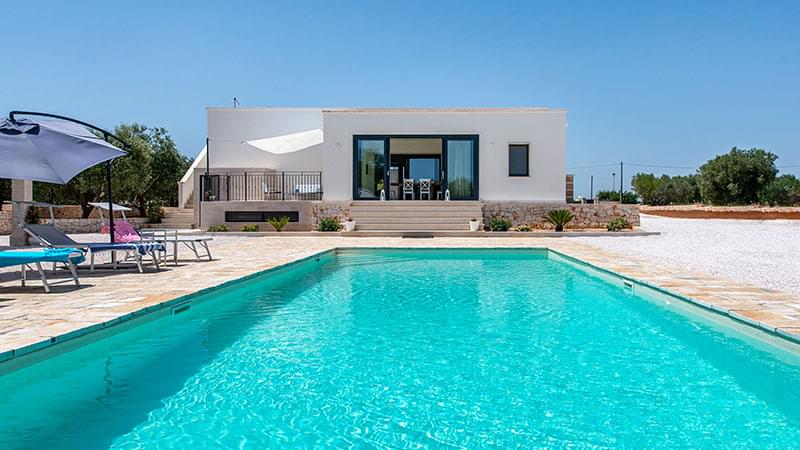
.jpg)

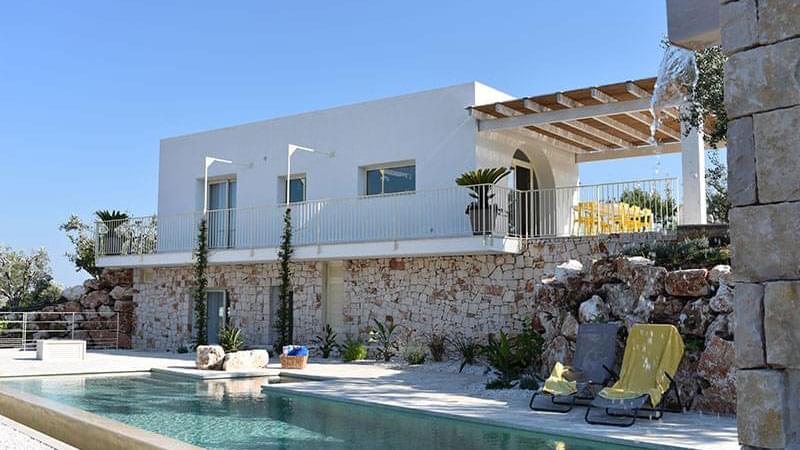
.jpg)

.jpg)

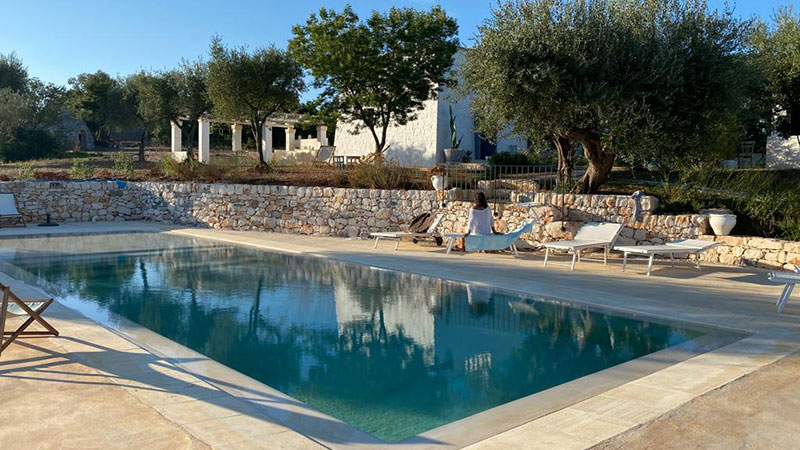
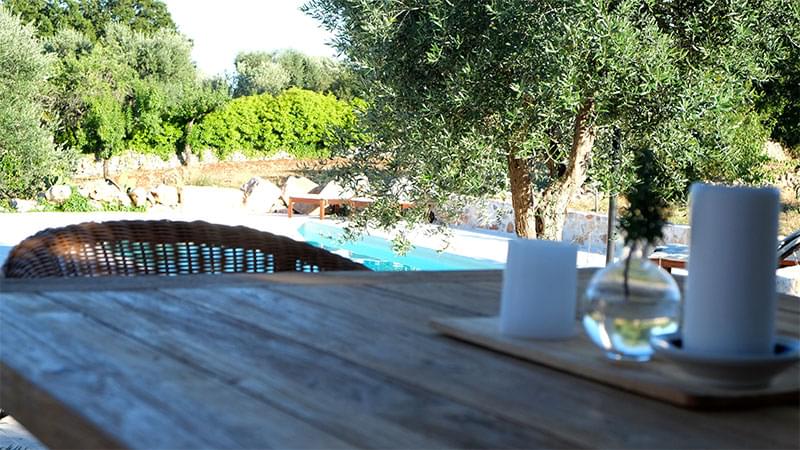
.jpg)
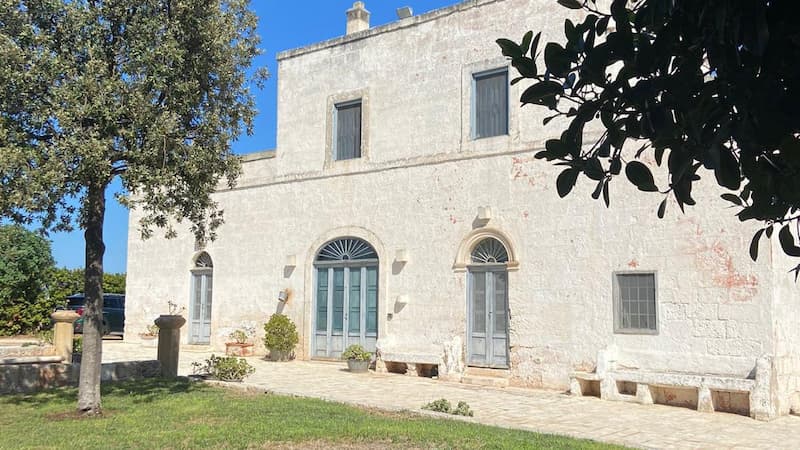
.jpg)


